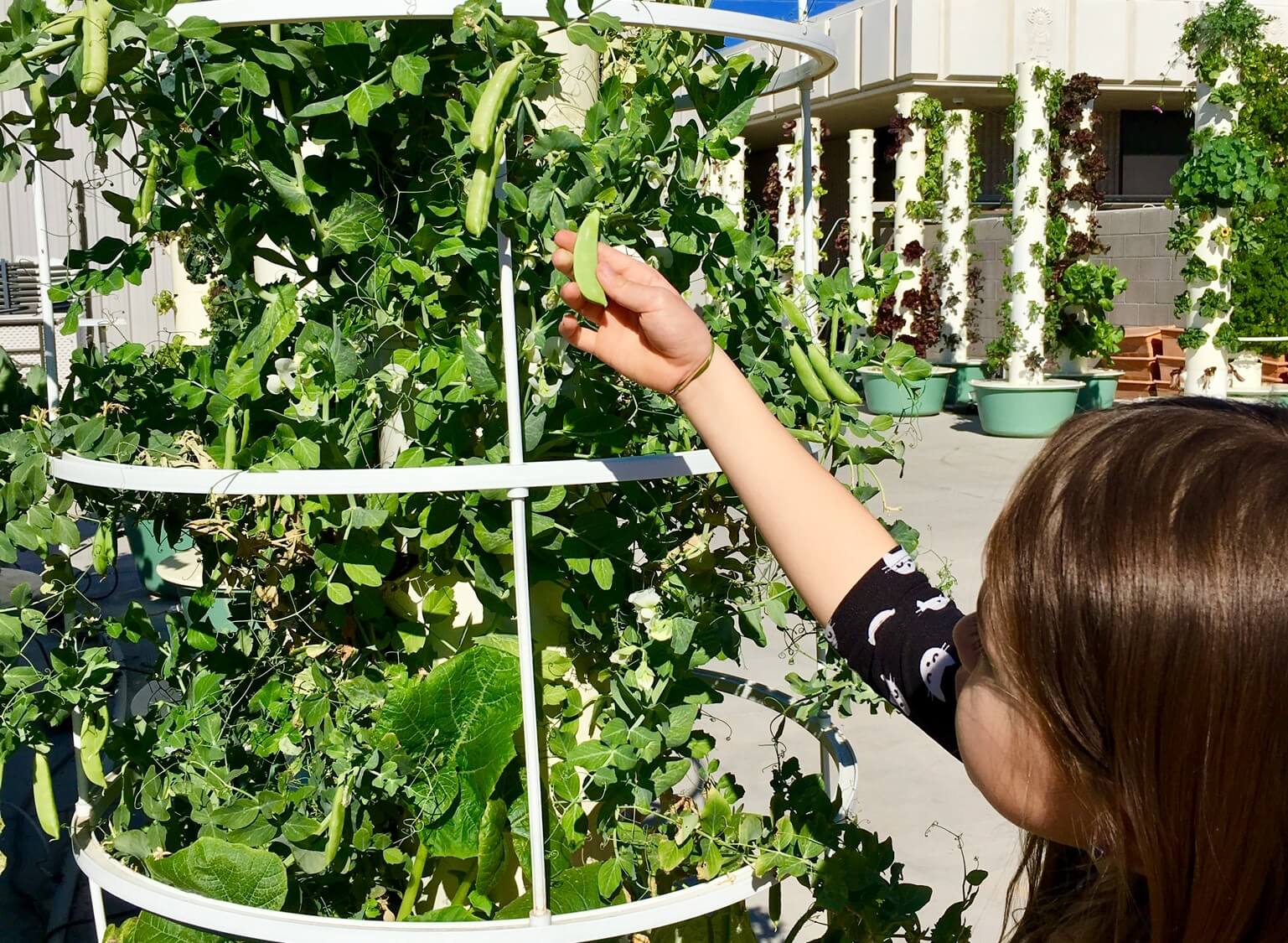Elderberries, nettles, and buttercups are some of the most common weeds known as nuisance pests in the garden. There are many different types of weeds, and there are many different ways to combat them. This article will help you identify weeds, give you some tips and help you take immediate action.
Weeds are considered a group of plants you do not want in your garden because they tend to overgrow other plants. While we are not talking about the appearance of weeds, there are some beautiful weeds. Some can be left in the garden if they have a specific growing place, such as a pot or a fixed border. Many weeds are also edible, which can be very useful.
Dandelion
Yellow dandelion (Taraxacum officinale) is a well-known lawn weed and should not be difficult to identify. If you don’t want dandelions in your yard, it’s best to deal with them now. This perennial weed’s sturdy, long roots need to be removed entirely. If the roots are not properly removed, they reappear the following year. To do this, you can use special tuplet plugs or dandelion plugs.
Bindweed
Bindweed (Calystegia sepium) is a climber that grows in hedges and trees. It is a climbing plant and grows very fast. Its white flowers, also called “spots,” can be distinguished. If this weed is not controlled, it can cause other plants to grow and cause severe damage. To combat this weed, all roots must be removed. When doing so, dig out the streaks completely, as the remaining roots will sprout again. Remove the plants in early spring and regularly check to see if the green tips are still showing.
Honey Aphids
Street thistle (Onopordum acanthium), this biennial thistle can be recognized by its purple flowers and very pointed leaves. Therefore, use gloves when removing it. Repel them by pulling the entire plant out of the ground. If that does not work, you can use insecticides. Or, use a special thistle plug.
Harnon thistle (Sonchus asiatica)
Milk thistle (Sonchus asper) is an annual thistle with grey-green leaves and yellow flowers. It produces soft seeds that must be prevented from spreading further. Weeding, hoeing, and chopping are effective ways to remove it, including the roots.

Poa Annua
Poa annua is an annual herb with broad, light-colored leaf sheaths. It is commonly found in lawns. This weed can be controlled by mowing it short to prevent it from flowering. Then, the roots and everything else must be removed. It can be burned with a special burner or boiling water if it grows between tiles.
Elderberry
Elderberry ( Aegopodium podagraria ) is a stubborn weed that can quickly spread throughout the garden. This plant is a danger to other plants. It suffocates them to death with its above-ground leaves and underground roots. It is pretty difficult to get rid of this weed. You will have to dig it up many times and try to take it all. Start doing this at the beginning of the year and consistently do so. There are also biodegradable insecticides that are effective on elderberry. Elderberry is also edible, and you can make elderberry paste, for example
Chickling Vetch
Chickling vetch (Stellaria media) is an annual plant that can be identified by its small white flowers. This plant can easily be pulled out by the roots. In borders, this is done by hand; in vegetable gardens, it is done with a hoe or heel.

Breeding Grass
Breeding grasses (Elymus repens) are flat; light green leafed grasses with erect stems. It often occurs in lawns. It is easily controlled by mowing the lawn.
Share your tips with us in the comments below!






2 Comments
Hey tһere! Do you use Twitter? I’d like to folloᴡ you if that would be ok.
I’m definitely enjoying уour ƅl᧐g and look forward to new posts.
My family every time say that I am killing my time here at web,
except I know I am getting familiarity every day by reading thes pleasant
posts.